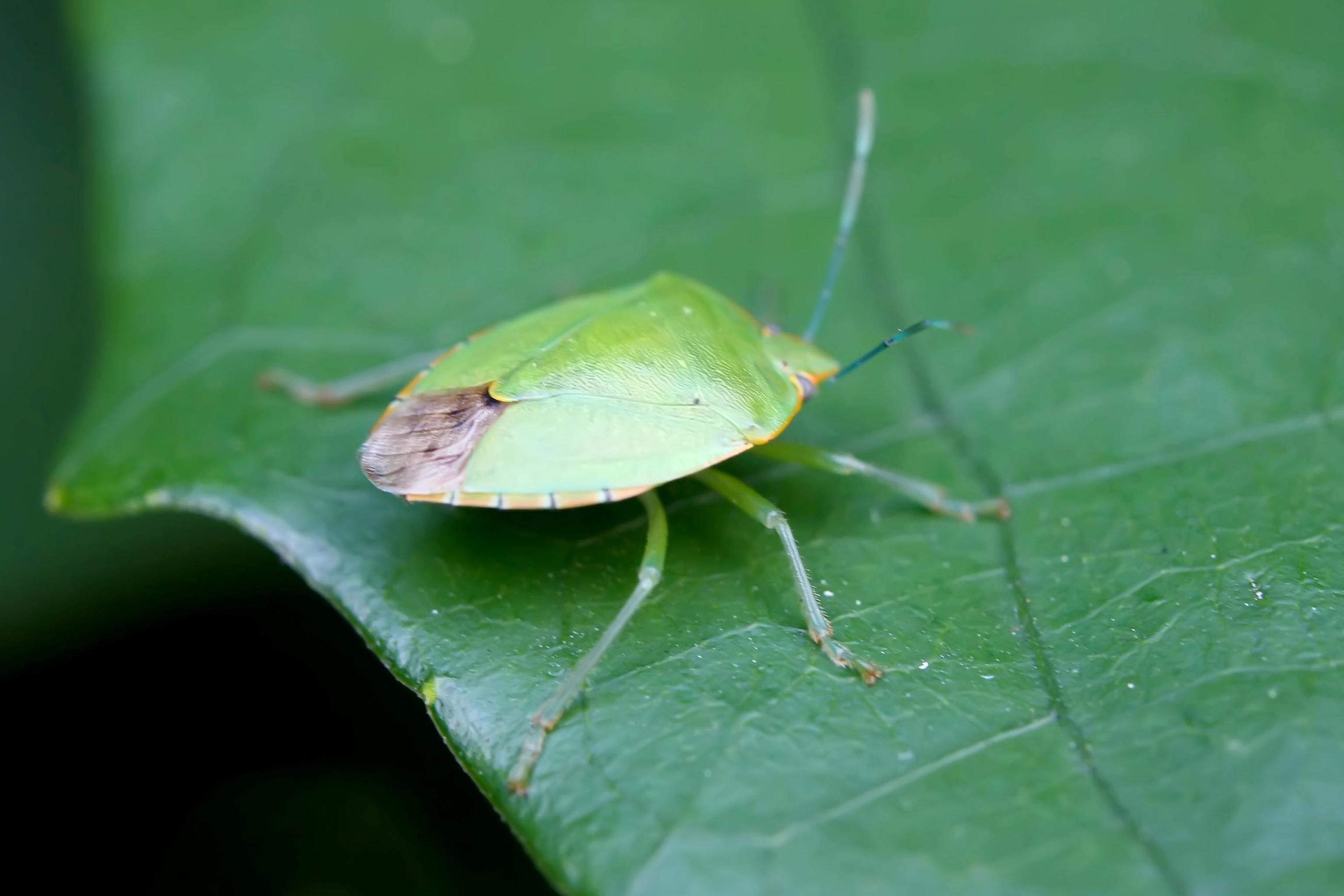Protect your garden from pests
Make natural sprays and simple plant barriers using soap, garlic, and recycled materials to protect seedlings from common garden pests safely and sustainably.



Step-by-step guide to protect your garden from pests
How Does Companion Planting Prevent Garden Pests? - Insects and Invaders
Step 1
Gather all the materials and set them on a clean table where you will work.
Step 2
Make a garlic infusion by peeling and crushing 2–3 garlic cloves then placing them in a bowl with 1 cup of hot water and covering the bowl to steep for at least 4 hours or overnight.
Step 3
Strain the garlic infusion into a clean jar using the strainer or cheesecloth to remove the garlic bits.
Step 4
Add 1/4 teaspoon of mild liquid soap to the strained garlic liquid and stir gently to mix.
Step 5
Pour the garlic mixture into an empty spray bottle and tighten the nozzle.
Step 6
Make a soap-only spray by adding 1/4 teaspoon mild liquid soap to 1 cup water in a second spray bottle and shaking gently.
Step 7
Test the garlic spray by spraying one short mist on a single leaf of a test plant.
Step 8
Test the soap spray by spraying one short mist on a different leaf of the same test plant.
Step 9
Wait 24 hours and then inspect the two test leaves to make sure they look healthy and not burned.
Step 10
With adult help, cut the top third off a recycled plastic bottle using scissors to make a collar or mini cloche.
Step 11
Slide the cut bottle top upside down around a seedling to protect it and tie a strip of mesh or pantyhose around nearby plants with twine to make a low barrier for crawling pests.
Step 12
Use the garlic spray around the base of seedlings once a week and after rain and use the soap spray carefully directly on any visible pests you see.
Step 13
Share a photo and a short description of your natural sprays and plant barriers on DIY.org so other kids can learn from your garden protection idea.
Final steps
You're almost there! Complete all the steps, bring your creation to life, post it, and conquer the challenge!


Help!?
What can we use if we don't have a strainer, cheesecloth, or a spray bottle?
If you don't have a strainer or cheesecloth, strain the garlic infusion through a clean coffee filter, fine-mesh sieve, or an old clean cotton T‑shirt into the jar, and if you lack a spray bottle use a reused misting bottle or the recycled plastic bottle top after you cut and re-fit it.
What should we do if the test leaf looks burned after 24 hours or the spray seems too strong?
If the test leaf looks burned after 24 hours, dilute the garlic spray with extra water, use only 1 crushed clove or reduce the soap to 1/8 teaspoon and then re-test on a different leaf, and if the nozzle clogs rinse it with warm water before spraying again.
How can this activity be adapted for younger children or older kids?
For younger children have an adult handle the hot water infusion and cut the top third off the recycled plastic bottle while the child peels the 2–3 garlic cloves, helps stir, labels the two spray bottles, and gently mists the test leaf, whereas older kids can measure ingredients precisely, tie the mesh or pantyhose barrier with twine themselves, and keep the weekly garlic-spray schedule.
How can we extend or personalize the garden protection project?
To enhance the project, decorate and label the recycled bottle cloche, keep a simple log of weekly garlic-spray uses and pest sightings to compare results, try adding a few drops of peppermint essential oil to the garlic infusion for stronger repellent scent, and then share photos and your short description on DIY.org.
Watch videos on how to protect your garden from pests
HOW TO SAVE THE BEES
Facts about organic pest control and sustainable gardening
♻️ Simple recycled items — like cut milk jugs, cardboard collars, or plastic bottles — make effective physical barriers and keep trash out of landfills.
🧼 A few drops of mild liquid soap in water can break down the sticky coating on soft-bodied insects like aphids, helping wash them off seedlings.
🧄 Garlic contains sulfur compounds that help repel aphids and some other garden pests when used in homemade sprays.
🐞 Ladybugs are garden superheroes — one ladybug can eat hundreds to thousands of aphids over its lifetime, helping control pest outbreaks naturally.
🌱 Using natural sprays and barriers as part of a plan keeps seedlings safe while being gentler on beneficial pollinators than many chemical pesticides.
How do I make natural soap and garlic sprays and build simple plant barriers to protect seedlings from pests?
What materials do I need to make natural pest sprays and recycled barriers for garden seedlings?
What ages are suitable for kids to help make sprays and build barriers in the garden?
What safety tips should families follow when making and using natural sprays and recycled barriers?


One subscription, many ways to play and learn.
Only $6.99 after trial. No credit card required



